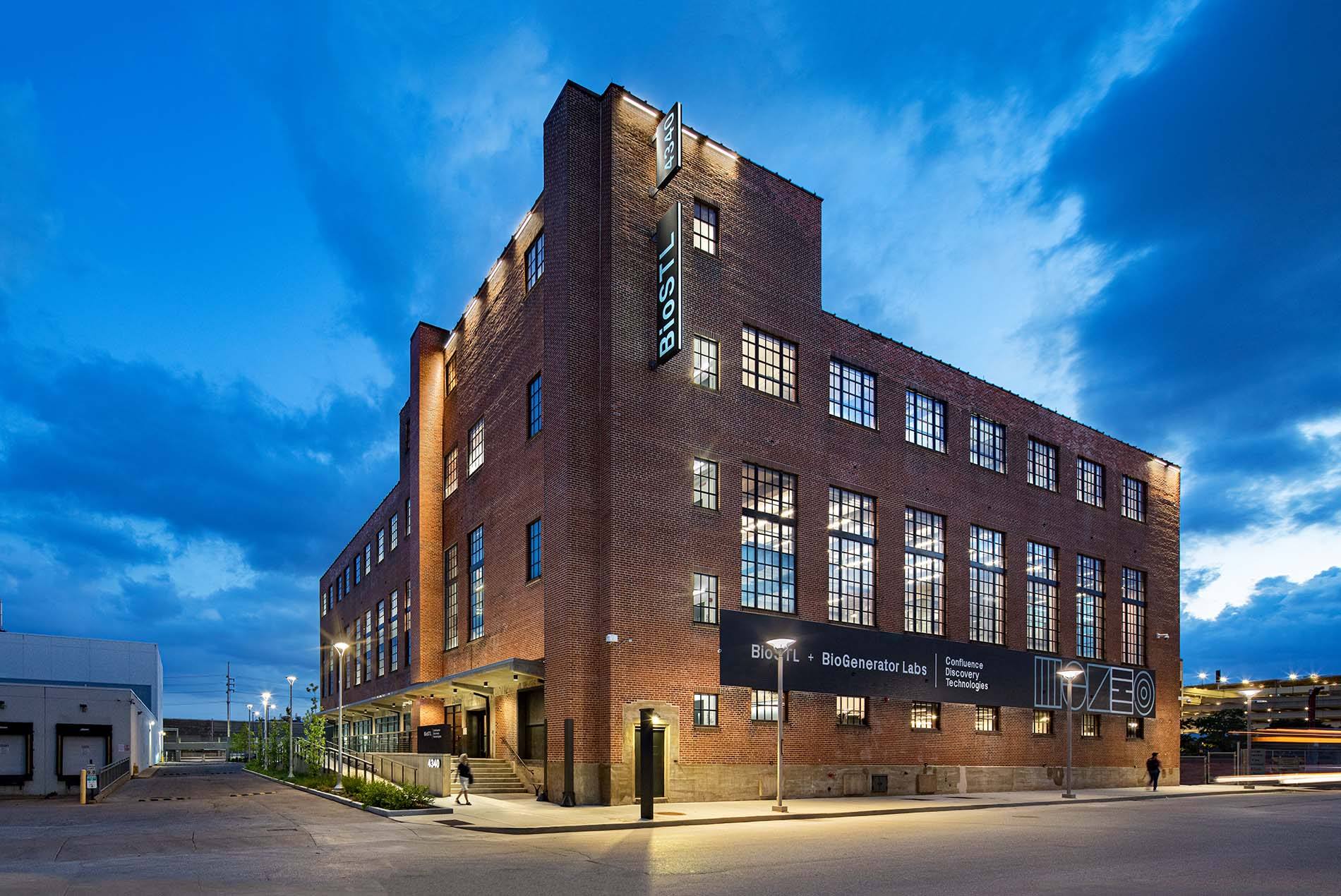HOK Design Principal Eli Hoisington and Senior Project Designer Tim Gaidis joined SPACES podcast hosts Dimitrius Lynch, Jason Weiner and Michelle Thrakulchavee to discuss adaptive reuse projects, the importance of preserving the built environment and honoring historic spaces.
Excerpted from the SPACES podcast:
On the Rise of Adaptive Reuse:
Eli: We’re seeing uses change, particularly in places that have been traditionally manufacturing and industrial along train and infrastructure corridors. They’re in great locations and often have great services. They’re built very robustly with large columns, heavy floors, big open spaces and very tall floors. All of a sudden you have the bones of something really extraordinary that isn’t necessarily built anymore.
Tim: People are searching for authenticity in our digital and commercial world. They want something that’s real—something that they can see and touch, turn off their screen and experience. That’s why we treasure some of these historic spaces. It’s why we have the National Register of Historic Places—because these are cultural treasures, and we want to keep that.
On Their Design Approach to Adaptive Reuse:
Tim: First, you have to fall in love with the building. These buildings have two paths. One is the physical artifact: the architecture, the walls, the structure. The other is its soul. It’s what happened inside those walls—who was there and what they did. To explore that, you need to research and visit the building.
As you research, you follow these little rabbit holes that develop. Using that research, you can tell the story in your design. It’s about determining what was important in that building, both the physical, artifactual parts and the soulful parts. You set priorities to make decisions as you advance the design.
Then you start to look at the building systems. Can we reuse? Can we restore? Do items need to be refurbished or replaced? You understand how to make the new program for that building, while celebrating and respecting its past.
On Their Experience With Adaptive Reuse in the Cortex Innovation Community:
Eli: When we work on spaces like 4340 Duncan, we consider how much we can save to add to the spirit of the building. One of the things to consider when adaptively reusing buildings is not to be overexuberant and change too much of it. [For 4340 Duncan], the exterior of the building became an attitude of restore and clean—bring what that building was back to its life through very simple moves. Our goal was to understand the history the space as you enter it, and what its future holds.
That’s what gets me out of bed with this kind of work: the idea that we’re all part of one story. Those who helped build [4340 Duncan], from the bricklayers all the way to the people who ran the printing presses, they were innovators in their day. What they did gave us a space to create and help the folks who are in those research laboratories now be the new innovators, and eventually someday they’ll hand it off to a next generation. It’s humbling to think about when you realize that that we’re not just making everything new.
On Adaptive Reuse Trends and Salvaging Pieces From Historic Projects:
Tim: We’ve seen the trends of adapting warehouse-type buildings, Rust Belt buildings, loft-type buildings and into residences. That was entry level, adaptive reuse. People got an appreciation for these older buildings. You can get an instant culture, an instant vibe. People appreciate when you can look inside and see the structure; see how people used to build things. Those little moments are precious, and they’re the stories we love to tell.
Eli: There’s also a trend of not just reuse of the building, but reuse of what you find inside. Do you turn an old crane hook that’s been rusting for 70 years into a light fixture? Do you take the terra-cotta lion heads sitting in storage that were part of the exterior facade 100 years ago and turn them into a furnishing element? Those become unique cultural draws if we can find and reuse them.
Tim: We’re picking these things we think have value, and then pulling them together so they tell a cohesive story of the life of a building and the people who were in it through that building’s lens. It’s much more of an experience because of that, and because of the story that was allowed to be told through all those elements.
